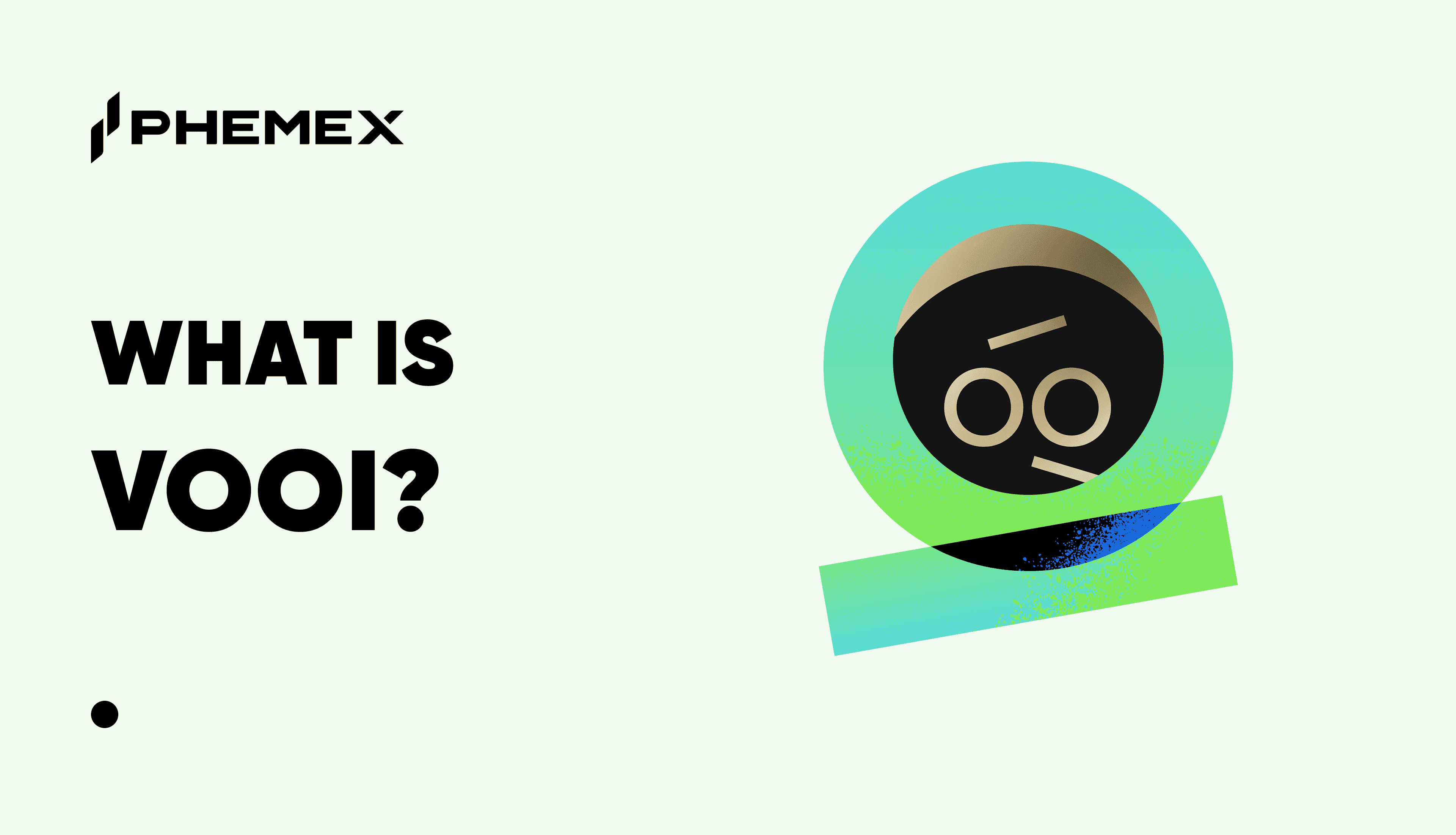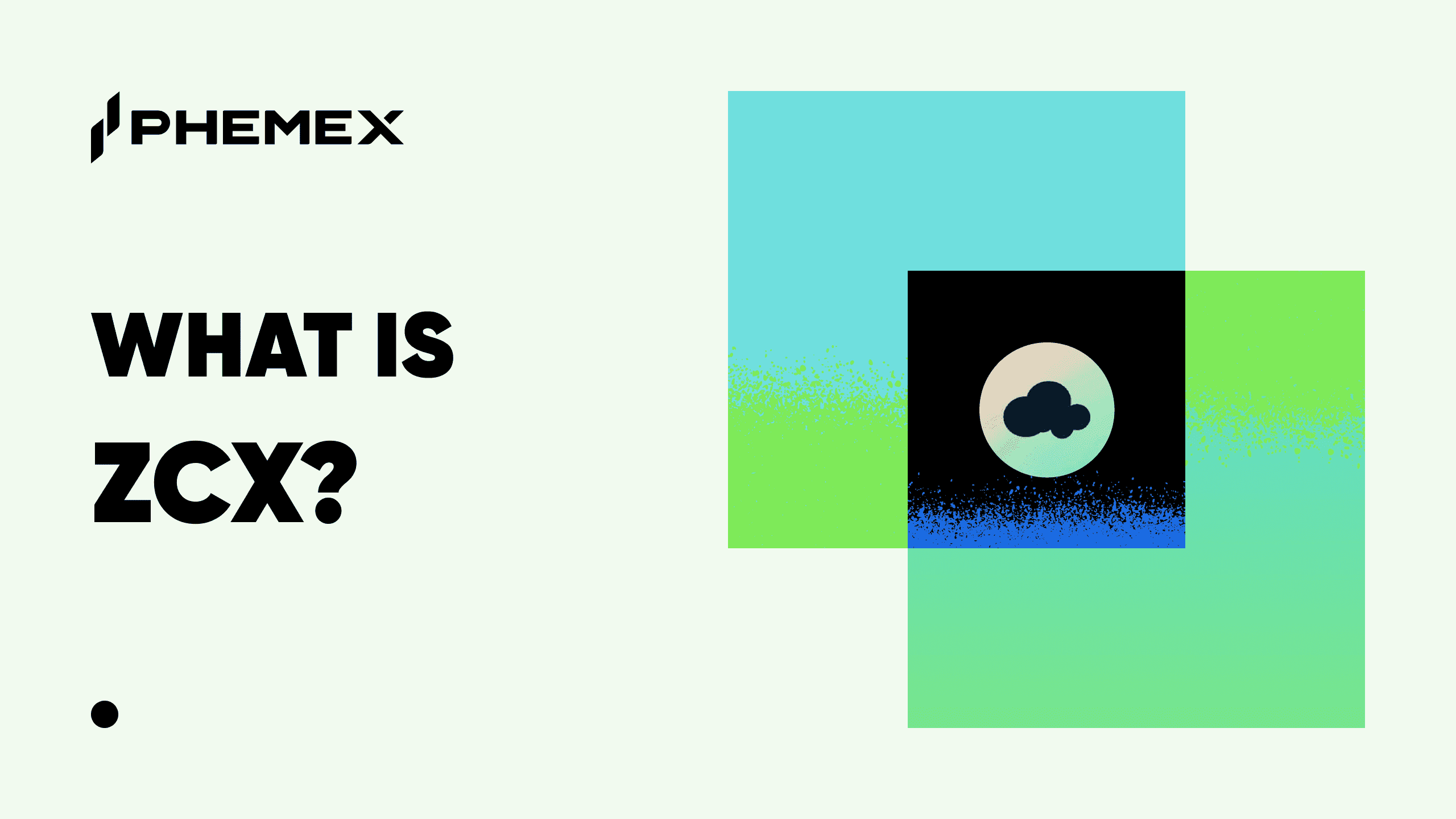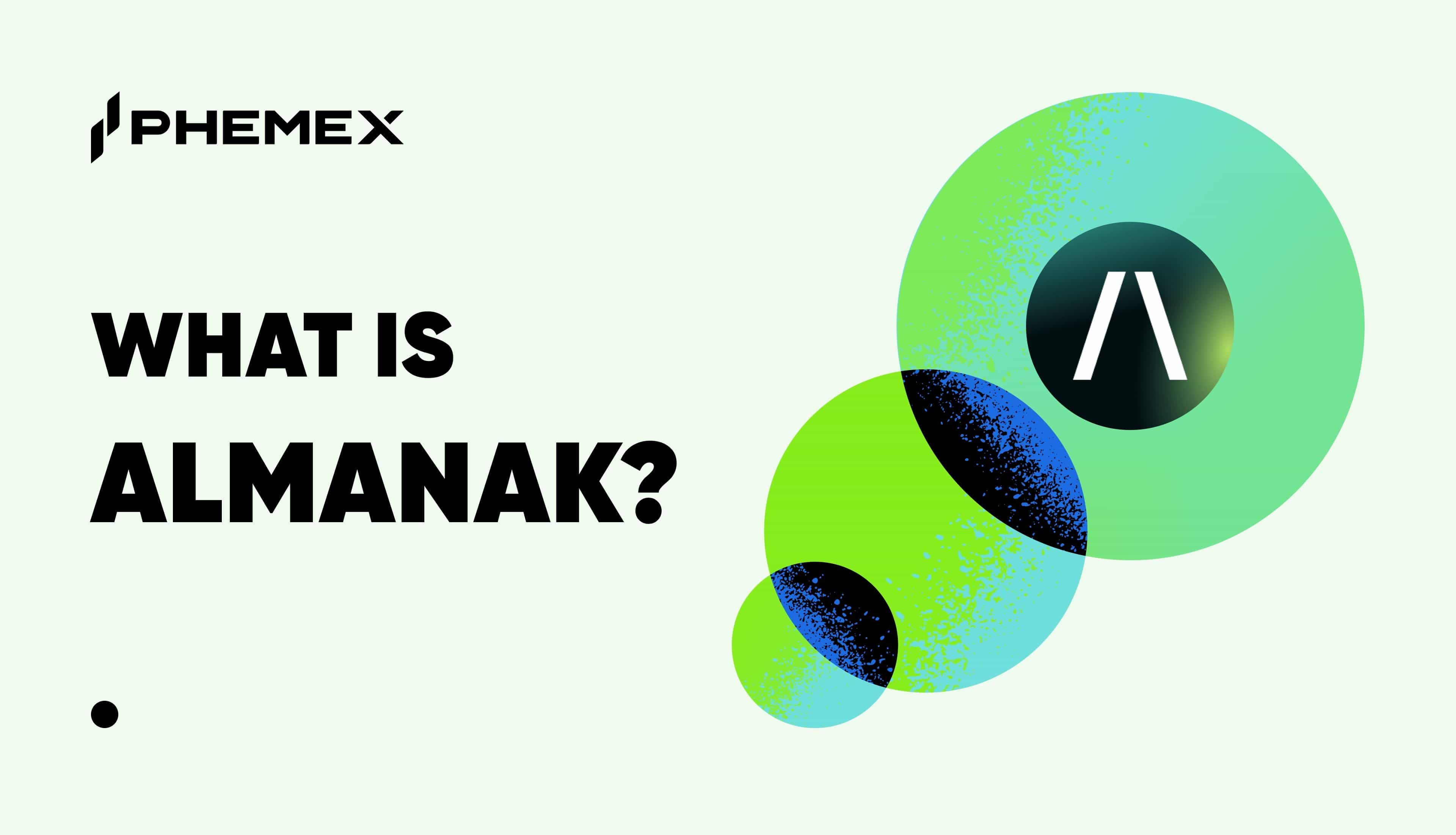Kyber is a decentralized exchange protocol that allows users to swap tokens using aggregated liquidity reserves. Although it sounds very similar to other decentralized exchanges like Uniswap or SushiSwap, there are some subtle differences between how these protocols are used, which we will examine further.
Kyber was one of the earliest DeFi protocols to emerge, having launched its KNC token in a 2017 ICO and the Kyber protocol in early 2018.

What is Kyber?
Kyber is often called Kyber Network; however, Kyber Network refers to an Ethereum implementation of the Kyber protocol. The Kyber protocol is an on-chain liquidity platform that allows fast, non-custodial token exchanges via aggregated liquidity reserves.
Perhaps the best way to explain how Kyber works is to compare it to Uniswap. Uniswap utilizes liquidity pools to enable token swaps. So if a user wants to swap USDC for ETH, their funds are routed via the USDC-ETH pool. Liquidity providers contribute equal amounts of USDC and ETH to the pool, ensuring that there’s sufficient liquidity to match traders’ demand for swaps in either direction.
Many other exchange protocols use a similar concept. For instance, Curve Finance uses pools that are comprised of multiple stablecoins.
Kyber vs. Uniswap
Kyber works a little differently. The protocol aggregates liquidity from a range of reserve sources, which may include token holders who provide liquidity, market makers, or decentralized exchanges such as Uniswap. When someone wants to make a swap, a series of smart contracts work together to find the best exchange rate across all reserves and enable the swap.
Another critical difference between Kyber and Uniswap is in how the protocol is implemented. Uniswap is a DEX. Other DeFi innovators have created their own version of Uniswap DEXs by forking its source code.
KyberSwap
In contrast, Kyber operates a DEX called KyberSwap. However, the project also runs an API so that other dApp developers can use the Kyber protocol to enable swaps within their own applications. The entire Ethereum-based network of other applications using Kyber, which includes KyberSwap, is known as the Kyber Network.
Let’s dig a little deeper.
Kyber Reserve Model
All applications on the Kyber Network use the Kyber Reserve Model, which provides liquidity. The model relies on smart contracts, which manage the flow of funds to and from reserves. Takers are the apps, wallets, and other vendors who are dependent on Kyber for swaps.
There are three types of reserves on Kyber:
- Price Feed Reserves
- Automated Price Reserves
- Bridge Reserves
Price Feed Reserves (PFRs) are the Kyber version of automated market makers. They seek out price feeds to enable the best conversion rate for any given swap.
Automated Price Reserves (APRs) are the smart contracts used to enable the token swap itself based on the price discovered by the PFR.
Bridge Reserves provide additional depth of liquidity by accessing DEXs such as Uniswap.
At the time of writing, there are over 45 different reserves in use by the Kyber Network, including Uniswap and Bancor.
Kyber Network
Kyber Network is an implementation of the Kyber protocol on Ethereum. Along with the reserve providers, many applications on the Kyber Network use the protocol for their end-users swaps, including CoinGecko, and wallets such as Enjin, MetaMask, Argent, and the Opera web browser.
Although the main implementation of Kyber is on Ethereum, the protocol is blockchain agnostic and can be implemented on other smart-contract-enabled platforms. For example, the YOLOswap exchange on EOS is a version of Kyber, as is the TomoSwap exchange on Tomochain.
How a Token Swap Works
When someone wants to swap a token using the Kyber Network, including on KyberSwap, the underlying smart contracts carry it out in several steps.
For Kyber Network, ETH is the core token. So if someone wants to swap any token for ETH, Kyber simply searches for the best ETH exchange rate using the PFR contracts, then the APR contract enables the swap at that rate.
But let’s say you wanted to swap USDT for UNI on Kyber. In this case, the protocol would search for the best USDT-ETH exchange rate from all reserves first and enable an initial swap. It would then seek out the best ETH-UNI exchange rate and conduct a second swap. Both swaps are performed in the same transaction, meaning that from the user’s perspective, the swap is instant.
KNC Token and the Kyber DAO
Kyber Network operates its own ERC20 token, called Kyber Network Crystal, or KNC. KNC has undergone some important changes since it launched at ICO in 2017. Initially, anyone operating a reserve on Kyber Network was required to hold KNC to pay participation fees and receive transaction fees. However, eventually, this was scrapped to remove friction. Now, Kyber Network collects fees in ETH.
These days, KNC is used in a similar way to other DeFi tokens. KNC holders can stake their tokens in order to participate in decentralized governance as part of the Kyber DAO, voting on proposals that affect the future of the network. Voters earn staking rewards, paid in ETH. Voters also decide the share of network fees paid to reserve operators based on their net contribution to the network.
Some KNC paid in network fees are also burned as a deflation mechanism to help keep prices stable.
Conclusion
Against the backdrop of a meteoric rise in DeFi applications, Kyber hasn’t managed to hold its own in terms of total value locked or the value of KNC. Currently, Kyber is ranked below #50 on DeFi Pulse and below #100 in the token rankings. However, it’s worth noting that the rise of DeFi has been almost entirely concentrated on Ethereum-based protocols. The Kyber team was among the earliest to prioritize interoperability, which is now gaining traction as DeFi ecosystems on interoperable platforms such as Polkadot and Binance Smart Chain start to expand.
Therefore, there’s every chance that Kyber could begin to regain some lost ground as DeFi expands away from its Ethereum roots. Given that the project has been around since 2017, also weathering a long, cold crypto winter in that time, it’s definitely not one to write off in any hurry.
Read More
- https://phemex.com/academy/defi
- What Are Decentralized Applications (dapps)?
- What is Know Your Customer (KYC) and how does it work in Crypto?
- What Is DeFi: How To Be Your Own Bank With $100
- What is Cryptocurrency & How It Differs From Digital Cash
- NuCypher: What does NuCypher use to protect your Data?
- What Are LP Tokens? A Step-by-Step Guide to Creating Your Own LP Token & Launching a Coin
- Blockchain Analytics: 11 Free Crypto Research Tools You Need








